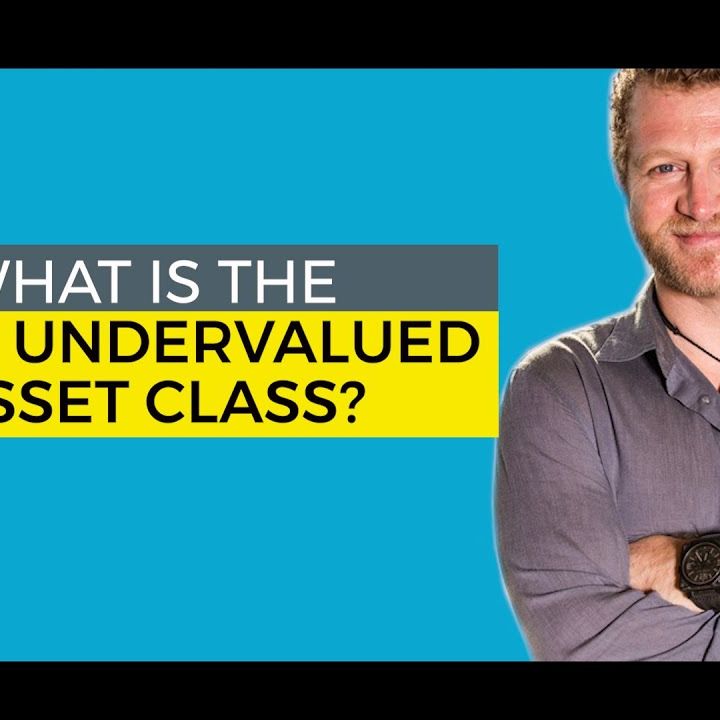To keep learning and advancing your career, the list below resources will be valuable:.
Development equity is frequently explained as the personal investment method inhabiting the middle ground in between endeavor capital and traditional leveraged buyout strategies. While this may be real, the strategy has evolved into more than simply an intermediate personal investing technique. Growth equity is frequently explained as the private investment strategy occupying the happy medium between venture capital and traditional leveraged buyout strategies.
Yes, No, END NOTES (1) Source: National Center for the Middle Market. (2) Source: Credit Suisse, "The Amazing Diminishing Universe of Stocks: The Causes and Consequences of Less U.S.
Alternative investments are https://launusrlhm.doodlekit.com/blog/entry/20645028/the-strategic-secret-of-private-equity-harvard-business financial investments, complicated investment vehicles and cars not suitable for ideal investors - businessden. A financial investment in an alternative financial investment involves a high degree of threat and no assurance can be offered that any alternative financial investment fund's financial investment objectives will be accomplished or that financiers will get a return of their capital.
This industry information and its importance is an opinion only and needs to not be relied upon as the just important details available. Info contained herein has been acquired from sources thought to be reputable, but not guaranteed, and i, Capital Network presumes no liability for the information provided. This information is the property of i, Capital Network.

This financial investment technique has actually assisted coin the term "Leveraged Buyout" (LBO). LBOs are the primary investment strategy type of a lot of Private Equity firms.
As discussed earlier, the most well-known of these offers was KKR's $31. 1 billion RJR Nabisco buyout. This was the largest leveraged buyout ever at the time, many people thought at the time that the RJR Nabisco offer represented the end of the private equity boom of the 1980s, since KKR's investment, nevertheless famous, was ultimately a substantial failure for the KKR financiers who bought the company.
In addition, a lot of the money that was raised in the boom years (2005-2007) still has yet to be used for buyouts. This overhang of committed capital avoids lots of financiers from devoting to buy brand-new PE funds. Overall, it is approximated that PE firms manage over $2 trillion in properties around the world today, with near $1 trillion in dedicated capital readily available to make new PE financial investments (this capital is often called "dry powder" in the industry). .
An initial financial investment could be seed financing for the business to start building its operations. In the future, if the business proves that it has a practical item, it can acquire Series A funding for additional growth. A start-up business can finish a number of rounds of series financing prior to going public or being acquired by a financial sponsor or strategic buyer.

Leading LBO PE firms are identified by their big fund size; they have the ability to make the largest buyouts and handle the most debt. However, LBO deals can be found in all sizes and shapes - . Total deal sizes can vary from 10s of millions to 10s of billions of dollars, and can happen on target companies in a wide array of industries and sectors.
Prior to performing a distressed buyout opportunity, a distressed buyout firm has to make judgments about the target company's value, the survivability, the legal and restructuring problems that might arise (ought to the business's distressed properties require to be restructured), and whether or not the creditors of the target business will become equity holders.
The PE company is required to invest each particular fund's capital within a period of about 5-7 years and then normally has another 5-7 years to offer (exit) the investments. PE firms normally utilize about 90% of the balance of their funds for new financial investments, and reserve about 10% for capital to be utilized by their portfolio business (bolt-on acquisitions, additional offered capital, and so on).
Fund 1's committed capital is being invested gradually, and being returned to the restricted partners as the portfolio companies in that fund are being exited/sold. As a PE firm nears the end of Fund 1, it will need to raise a new fund from brand-new and existing minimal partners to sustain its operations.